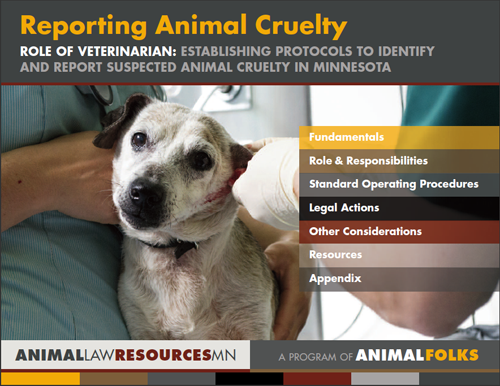In the complex tapestry of animal welfare, the role of veterinarians transcends mere medical care for our beloved pets and extends into the formidable realm of animal cruelty prevention. This pivotal profession stands at the intersection of compassion and law; yet, a shroud of ambiguity often envelops their responsibilities concerning the reporting of suspected cases of animal abuse. As society grapples with the nuances of animal rights, the inquiry into the legal and ethical duties of veterinarians regarding animal cruelty becomes ever more pertinent.
Veterinarians are trusted guardians of animal health, dispelling myths and administering care to alleviate suffering. Their firsthand exposure to the effects of neglect and abuse places them in a unique position to identify signs of maltreatment. Whether it be through physical examinations, behavioral observations, or diagnostic evaluations, they become witnesses to the plight of the vulnerable creatures in their care. However, the crux of the matter lies in understanding the obligations they bear when they suspect cruelty.
The legal framework regarding animal cruelty reporting varies significantly across jurisdictions. In many states within the United States, laws dictate that veterinarians are considered mandatory reporters of suspected animal abuse. This means they are legally compelled to report any indications of malfeasance to the appropriate authorities. Failure to do so could result in penalties, a fact that underscores the seriousness of their ethical and legal responsibilities.
Take, for example, the case of a veterinarian encountering a pet with unexplained injuries that strongly suggest abuse. Under the law, this professional must weigh the ramifications of their actions. A report could lead to an investigation that may rescue the animal from its tormentor, while silence could result in continued suffering. This dilemma illustrates the profound ethical conflict that often simmers beneath the surface of a veterinarian’s daily practice.
In many states, animal cruelty laws are designed not only to protect pets but also to promote wildlife protection. It reflects an increasingly widespread acknowledgment that animals deserve protection from harm inflicted by humans. However, despite legal mandates in some regions, the reality remains that many veterinarians might hesitate to report. Motivations behind this reluctance can range from a complex emotional attachment to the pet’s owner to the fear of escalating conflict or complicating familial dynamics.
The implications of withholding such reports can be grave. Animal cruelty can be both a reflection of individual behaviors and a gateway to broader social issues, including domestic violence and child abuse. Research indicates that the abuse of animals is often a precursor to the mistreatment of humans. This correlation unveils a pressing need for veterinarians to adopt a vigilant posture, recognizing that their actions could potentially break the cycle of violence.
Ethical considerations further complicate this issue. The veterinarian-client relationship is built on trust. When a veterinarian suspects abuse, this trust can be tested. They may fear the repercussions of breaking that bond. Yet, the ethical obligation to protect the animal must supersede personal and professional trepidation. The American Veterinary Medical Association (AVMA) advocates for a proactive stance, encouraging veterinarians to report suspected cruelty not merely as a legal obligation but as a moral imperative.
In discussing ethical duties, it’s important to highlight the training that veterinary professionals receive. Ethical dilemmas surrounding animal welfare issues are often addressed in veterinary education, equipping future veterinarians with the tools to navigate these complex situations. Programs aimed at fostering empathy and ethical reasoning prepare veterinarians to handle such sensitive matters with care. Despite this education, however, the transition from theory to practice can prove daunting.
Moreover, misconceptions about the impact of reporting can stymie action. Some veterinarians may believe that reporting will only exacerbate the suffering of the animal, resulting in punitive measures that could separate it from its owner. This perspective overlooks the potential for intervention that could lead to a positive outcome, such as rehabilitation for the owner and a safer environment for the animal. Empowering veterinarians with knowledge about local animal welfare resources can bolster their confidence in making the report.
Public awareness surrounding civil and legal obligations plays a critical role in fostering a supportive environment for veterinarians. Advocating for educational campaigns that clarify the responsibilities of veterinarians in reporting suspected cases of cruelty can alleviate fears and promote proactive engagement. To amplify this, communities must encourage open dialogues regarding animal welfare, increasing their collaborative efforts in combating neglect and abuse.
In conclusion, the obligation of veterinarians to report suspected cases of animal cruelty encompasses both legal and ethical dimensions. While the laws require these professionals to act, the ethical call to protect innocent lives necessitates a deeper commitment. By understanding their role on the front lines of animal welfare, veterinarians can evolve from observers to advocates, wielding the power of their expertise to create a safer world for all creatures. A shift in perspective regarding the responsibilities of veterinary professionals can lead to a greater societal understanding and a collective drive toward eradicating animal cruelty once and for all.







